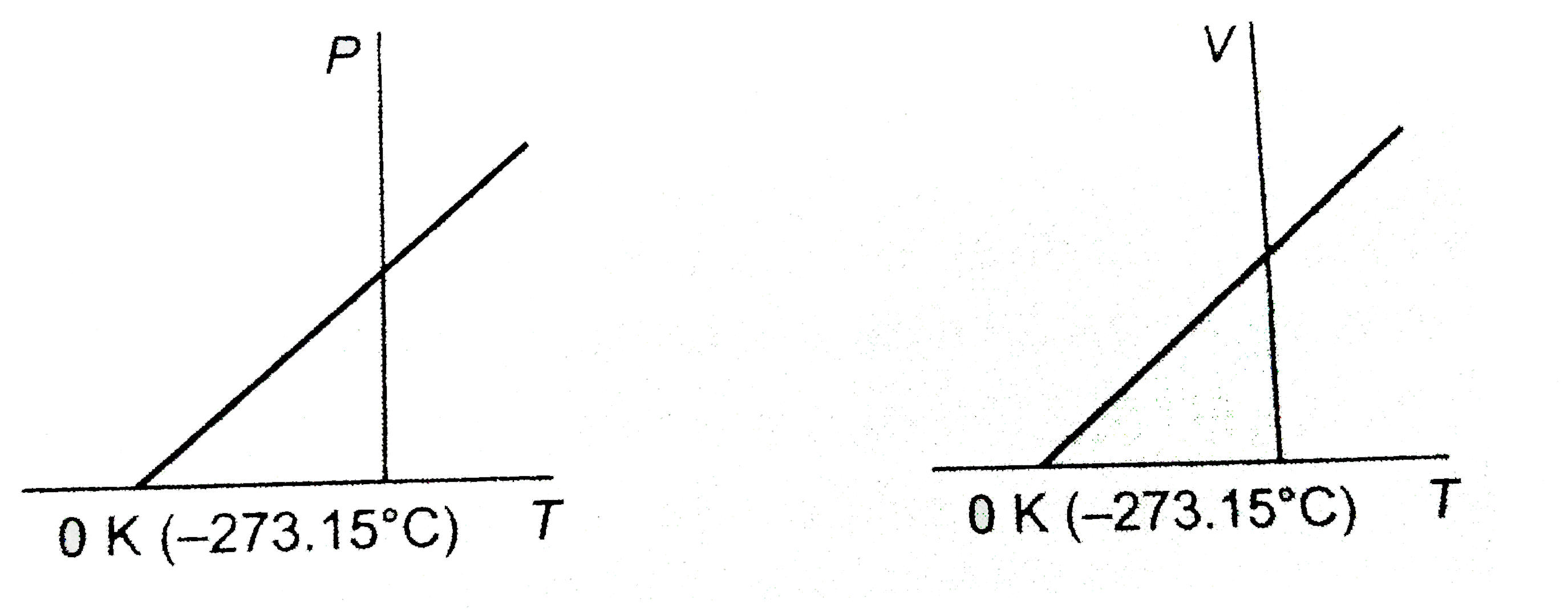What conclusion would you draw if during Lassaigne's test, a blood red colouration is obtained ?
Step-by-Step Solution:
1. Understanding Lassaigne's Test: Lassaigne's test is a qualitative analysis method used to detect the presence of certain elements (like nitrogen, sulfur, and halogens) in organic compounds. The test involves fusing the organic compound with sodium metal and then extracting the resulting sodium salts in water.
2. Performing the Test: When the organic compound is fused with sodium, it can form sodium thiocyanate (NaSCN) if sulfur and nitrogen are present in the compound.
3. Observation of Coloration: If a blood red coloration is observed during the test, it indicates a specific reaction. The formation of sodium thiocyanate leads to the formation of iron(III) thiocyanate when a few drops of iron(III) chloride solution are added.
4. Conclusion: The blood red coloration signifies the presence of both nitrogen and sulfur in the organic compound being tested. This is because the red color arises from the complex formed between iron ions and thiocyanate ions, which is indicative of both elements being present.
Final Conclusion:
If a blood red coloration is obtained during Lassaigne's test, it indicates the presence of both nitrogen and sulfur in the organic compound.
---
If a blood red coloration is obtained during Lassaigne's test, it indicates the presence of both nitrogen and sulfur in the organic compound.
Topper's Solved these Questions
- ORGANIC CHEMISTRY-SOME BASIC PRINCIPLES TECHNIQUESBOOK - PRADEEPCHAPTER - ORGANIC CHEMISTRY-SOME BASIC PRINCIPLES TECHNIQUESEXERCISE - Additional Questions (Short Answer Questions)
53 Videos
- ORGANIC CHEMISTRY-SOME BASIC PRINCIPLES TECHNIQUESBOOK - PRADEEPCHAPTER - ORGANIC CHEMISTRY-SOME BASIC PRINCIPLES TECHNIQUESEXERCISE - Additional Questions (Long Answer Type Questions)
10 Videos
- ORGANIC CHEMISTRY-SOME BASIC PRINCIPLES TECHNIQUESBOOK - PRADEEPCHAPTER - ORGANIC CHEMISTRY-SOME BASIC PRINCIPLES TECHNIQUESEXERCISE - NCERT EXEMPLAR PROBLEMS WITH ANSWERS, HINTS AND SOLUTIONS (Long Answer Type Questions)
6 Videos
- HYDROGEN BOOK - PRADEEPCHAPTER - HYDROGEN EXERCISE - COMPETITION FOCUS (Assertion-Reason Type Questions) Type 2
15 Videos
- P-BLOCK ELEMENTS (NITROGEN FAMILY)BOOK - PRADEEPCHAPTER - P-BLOCK ELEMENTS (NITROGEN FAMILY)EXERCISE - Competition focus jee(main and advanced)/ medical entrance special) (VIII. Assertion-Reason Type Questions)
10 Videos
Similar Questions
Knowledge Check
In the Lassaigne’s test, the blood red colouration is due to the formation of
AFe(CNS)2BNaCNSCNH4CNSDFe(CNS)3In Lassaigne's test, a blood red colouration with Fe3+ ions indicates the presence of
AnitrogenBsulphurCboth nitrogen and sulphurDboth nitrogen and halogenIf on adding FeCl3 solution to acidifies Lassaigne's solution a blood red coloration is produced, it indicates the presence of
ASBNCN and SDSand Cl
If on adding FeCl3 solution to acidified Lassaigne solution, a blood red colouration is produced, it indicates the presence of
View SolutionIf on adding FeCl3 solution to acidifies Lassaigne's solution a blood red coloration is produced, it indicates the presence of
View SolutionWhat conclusion would you draw from the following graphs for an ideal gas?

View SolutionDuring Lassaigne's test, nitrogen present in the organic compound is converted into
View SolutionDuring Lassaigne's test N and S present in an organic compound changes into
View Solution
